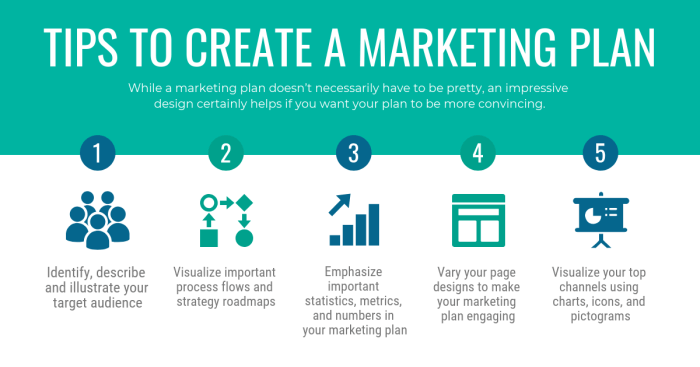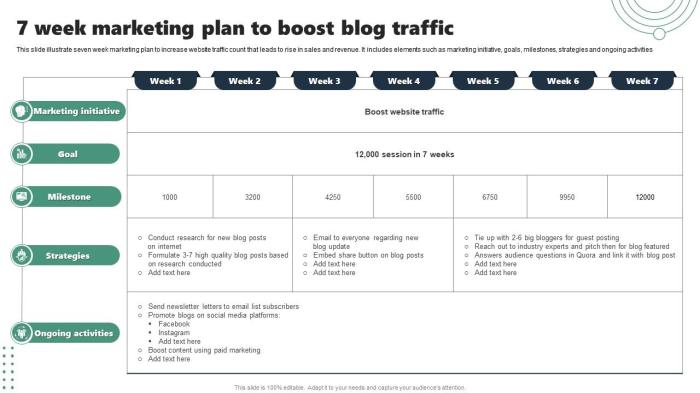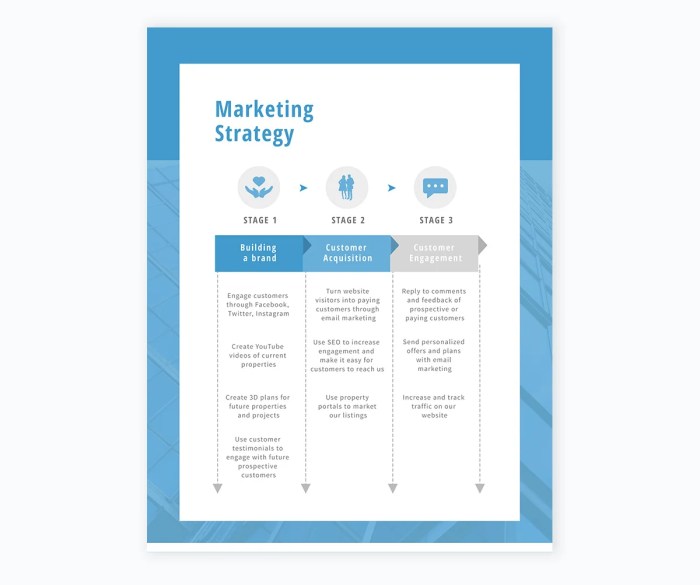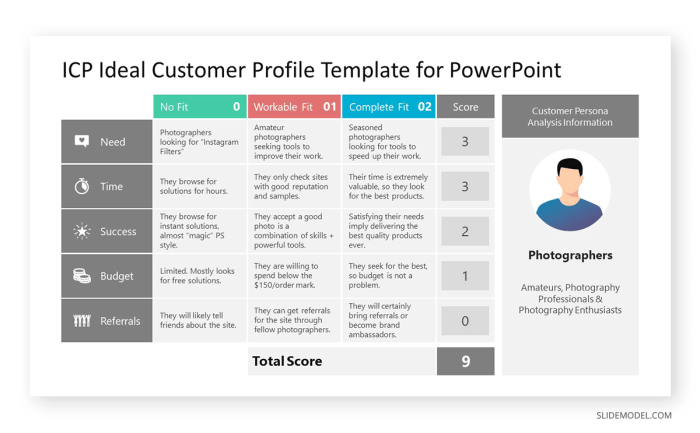Embark on a journey to master the art of crafting a strategic marketing plan in just one week. With a focus on How to Create a Marketing Plan in 7 Days, this guide will equip you with the essential tools and techniques needed to succeed in the competitive business landscape.
Research and Analysis

When creating a marketing plan, conducting thorough research and analysis is crucial to ensure the strategy is based on solid data and insights rather than guesswork.
The Importance of Market Research
Market research helps businesses understand their target audience, industry trends, and competitors, allowing them to make informed decisions that are more likely to lead to success.
- Surveys: Gathering feedback directly from customers through surveys can provide valuable insights into their preferences and behaviors.
- Focus Groups: Bringing together a small group of individuals to discuss and provide feedback on products or services can offer qualitative data.
- Data Analytics: Utilizing tools like Google Analytics or social media insights can help track website traffic, user engagement, and demographics.
Competitor Analysis
Analyzing competitors can reveal their strengths, weaknesses, and market positioning, which can inform a company’s own marketing strategy.
- SWOT Analysis: Identifying competitors’ strengths, weaknesses, opportunities, and threats can help in determining areas where a business can gain a competitive advantage.
- Market Share Analysis: Understanding how much market share competitors hold can indicate areas for growth or potential threats.
Key Demographic and Psychographic Information
Demographic data such as age, gender, income level, and location, along with psychographic information like interests, values, and lifestyle choices, can help in creating targeted marketing campaigns.
- Age and Gender: Knowing the age and gender of the target audience can help tailor messaging and promotions to better resonate with them.
- Lifestyle Choices: Understanding customers’ hobbies, values, and interests can guide the development of products or services that align with their lifestyle.
Setting Goals and Objectives

Setting clear goals and objectives is crucial in creating a successful marketing plan. Goals and objectives are often used interchangeably, but they serve different purposes in a marketing strategy.
Difference between Goals and Objectives
In a marketing plan, goals are the broad outcomes that a company aims to achieve. They provide a general direction for the marketing efforts. On the other hand, objectives are specific, measurable steps that need to be taken to reach those goals. Objectives are more detailed and actionable compared to goals.
SMART Criteria for Setting Marketing Objectives
- Specific: Objectives should be clear and unambiguous.
- Measurable: There should be a way to quantify or measure the objectives.
- Achievable: Objectives should be realistic and attainable.
- Relevant: Objectives should align with the overall goals of the marketing plan.
- Time-bound: Objectives should have a specific timeline for completion.
Significance of Aligning Goals with Business Strategy
Aligning marketing goals with the overall business strategy ensures that all efforts are working towards the same objectives. This alignment helps in maximizing resources, improving efficiency, and ultimately driving business growth.
Table outlining Objectives
| Specific | Measurable | Achievable | Relevant | Time-Bound |
|---|---|---|---|---|
| Increase website traffic by 30%. | Track website visits using Google Analytics. | Implement strategies to boost traffic. | Drive more leads and conversions. | Achieve the goal within the next 6 months. |
| Grow social media followers by 20%. | Monitor follower count on platforms. | Engage with the audience consistently. | Build brand awareness and loyalty. | Reach the target within 3 months. |
Strategy Development

When it comes to marketing, strategy development plays a crucial role in ensuring the success of a marketing plan. One of the key concepts in marketing strategy is segmentation, targeting, and positioning (STP). This approach involves dividing the market into segments, selecting the most attractive segments to target, and then developing a unique positioning strategy to appeal to those target customers.
Different Marketing Strategies
There are various marketing strategies that businesses can employ to gain a competitive advantage. Some examples include:
- Product Differentiation: This strategy focuses on highlighting the unique features and benefits of a product or service to stand out from competitors.
- Cost Leadership: In this strategy, a company aims to become the low-cost producer in its industry to attract price-sensitive customers.
- Niche Marketing: Niche marketing involves targeting a specific segment of the market with specialized products or services tailored to their needs.
Unique Selling Proposition (USP)
Creating a unique selling proposition (USP) is essential for a marketing plan as it helps to differentiate a business from competitors and communicate the value proposition to customers. A USP should clearly articulate what sets a product or service apart and why customers should choose it over alternatives.
Comprehensive Marketing Mix
Developing a comprehensive marketing mix involves considering the 4Ps of marketing: product, price, place, and promotion. Here are steps to create an effective marketing mix:
- Product: Define the features, benefits, and quality of the product or service being offered.
- Price: Set a pricing strategy that aligns with the target market and positions the product competitively.
- Place: Determine the distribution channels and locations where the product will be available to customers.
- Promotion: Develop a promotional strategy to communicate the product’s value and persuade customers to make a purchase.
Epilogue

In conclusion, mastering the art of developing a marketing plan in a time-efficient manner is key to achieving success in today’s dynamic market. With the insights gained from this guide on How to Create a Marketing Plan in 7 Days, you’re well on your way to reaching your business goals effectively and efficiently.